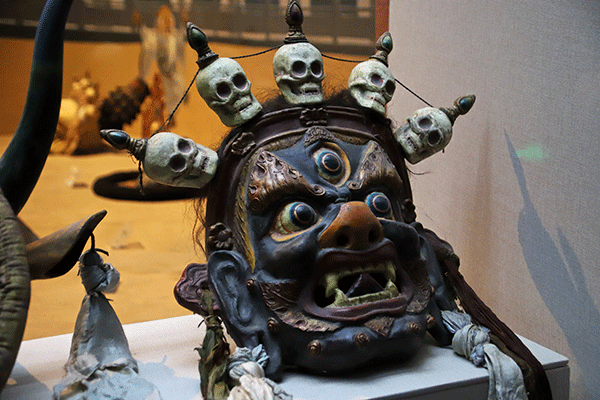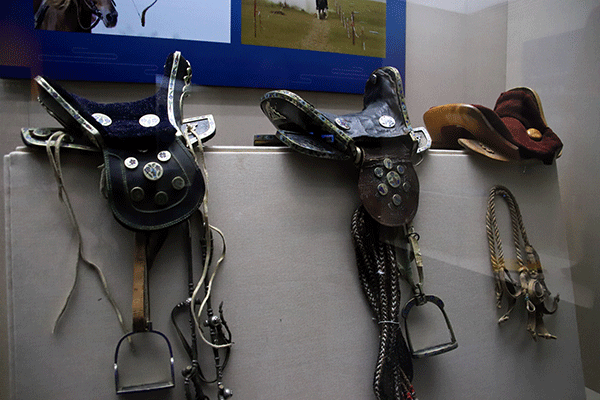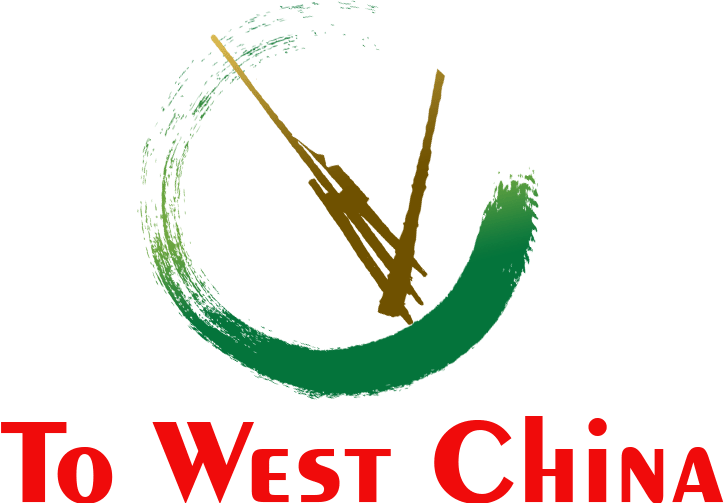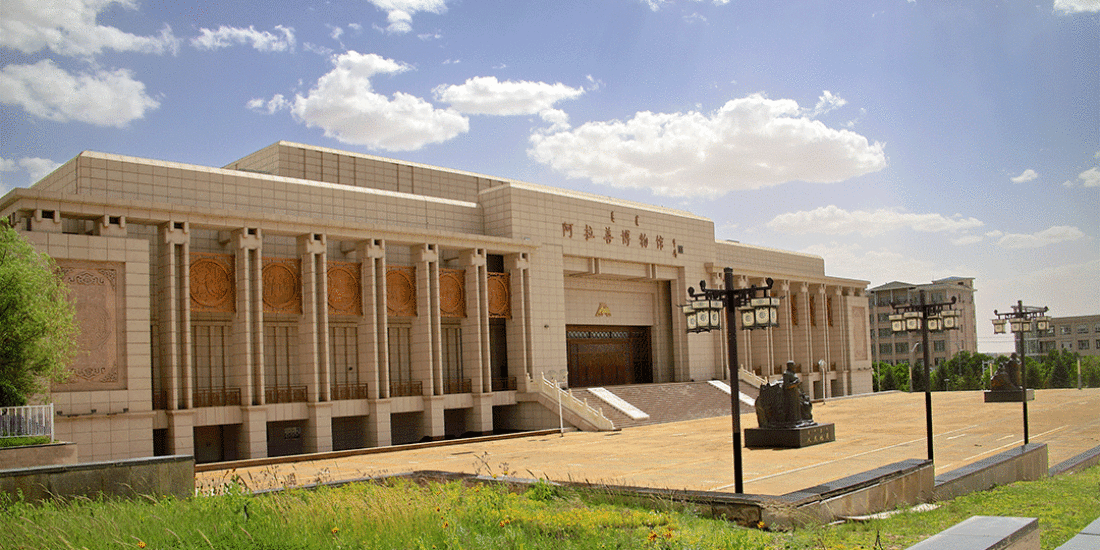Alashan Museum in the South Inner Mongolia
by Lee Maoqing( our tour operator and guide )
Alxal Museum, Inner Mongolia
June 11, 2024
The museum of Alxa lies 4 kilometers to the east of Dingyuan Fort and two kilometers to the southeast of the Long-Distance Bus Station.

This new building stands on a platform with all four squares around it. The north huge, heavy gate north gate was closed, so the only entrance is some minutes’ walking to the south.
It was blistering hot and dry as we ascended the steps to the entrance, 31 centigrade outsides. We entered, got two bottles of cold iced tea then visit the Non-Material Heritage Hall as our priority.
As we passed some tedious comments of the history of the local culture, we came to the show case of tribe costume.
In this show case is the dress of Torghut.
Torghut originated in the south of today’s south Mongolia , covers the area of the east Xinjiang, Axal as its center, and far to north of Shanxi and Hebei. Mainly to the north side of the Chinese Great Wall.
Since the 200 A.D to 800 A.D, this region mixed with gobi desert and less green meadow was changed hand among the Sabir, Tangut, Chinese and the Huns. As the fall of Tang Dynasty, Torghut people were organized and became the ruler of the wide land for more than 300 years, its land covers today’s north Xinjiang and Kazakhstan. In the 16th century, the Russian marched to the south, Torghut was pushed to the east. After fighting fiercely , the Torghut occupied large area of northeast Black Sea. As the Russian was distracted in the war with Ottoman Empire, the Torghut marched back to today’s north Xinjiang, some of them cross the Altay Mountain, Badan Jaran Desert to their original region, the middle of Inner Mongolia.
Dörbet Mongolian
Dörbet Mongolian originated in today’s Durhut Grassland of northeast Inner Mongolia. This group has not been so well known in Yuan Dynasty history. The group joined Genghis Khan‘s force to march to conquer Europe. When the Mongolia retreated back to the grassland of today’s Mongolia, a part of them remained in today’s north Caspian Sea, known as Kalmyks of Russian. Today, the group scatter in south Inner Mongolian and northeast Inner Mongolian, the sanctuary grassland where the group originated.



0 Comments